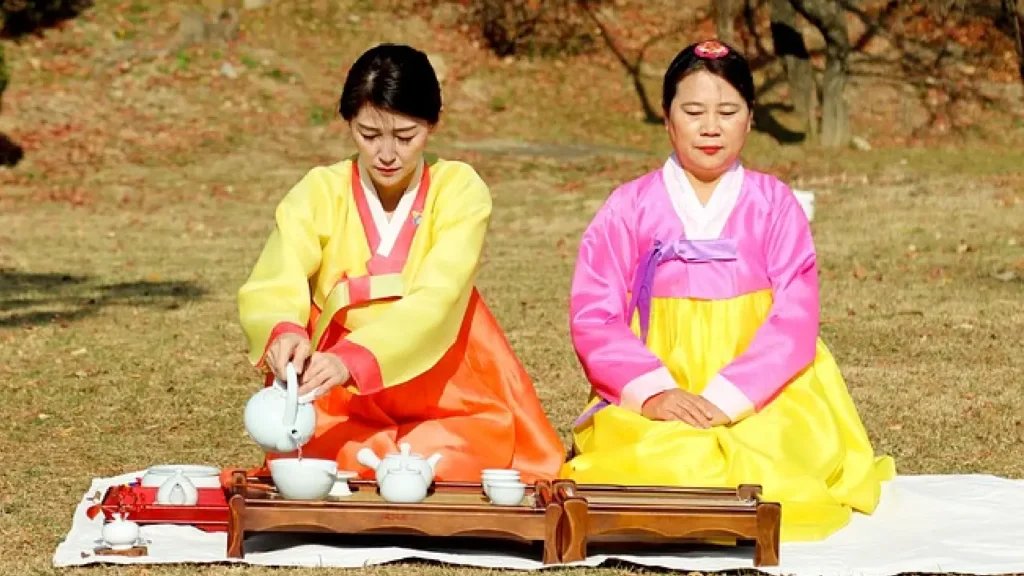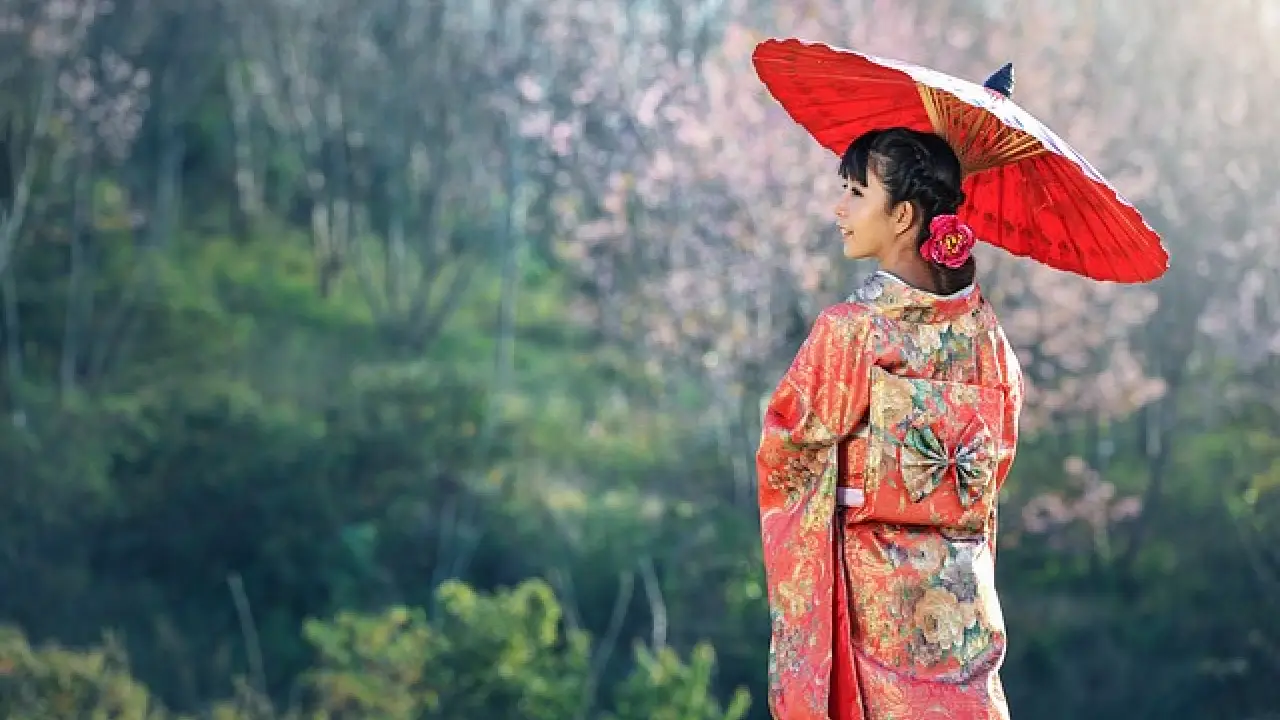A kimono is a traditional Japanese garment that is both a symbol of Japan’s rich cultural heritage and a highly refined piece of clothing. Let’s explore its meaning, how to wear it, and other interesting aspects.
What is a Kimono?
The term “kimono” literally means “thing to wear” (着物, “ki” meaning “wear” and “mono” meaning “thing”). It’s a T-shaped, wrapped-front garment with long sleeves, traditionally worn by both men and women. Kimonos are made from a variety of fabrics, including silk, cotton, and synthetic materials, and they are often adorned with intricate patterns and colors.

How to Dress with a Kimono?
Wearing a kimono involves several steps and accessories, each adding to the garment’s intricate elegance:
- Base Layer: Start with a nagajuban, a light undergarment worn beneath the kimono. It helps keep the kimono clean and creates a smooth layer against the skin.
- Kimono: Wrap the kimono around your body, left side over right, and secure it with an obi (a wide belt). The kimono should be arranged so that the hem touches the floor.
- Obi: The obi is tied around the waist to keep the kimono in place. It can be quite elaborate, with different styles like the otaiko (a formal, wide bow) or the fukura suzume (a more casual style).
- Accessories: Various accessories are used, including obijime (a decorative cord that keeps the obi in place), obidome (a decorative slide for the obijime), and obifurisode (decorative pendants that hang from the obi).
- Footwear: Traditional footwear includes geta (wooden sandals) or zori (woven sandals), usually worn with tabi (split-toe socks).
- Outerwear: In cooler weather, a haori (a jacket) or a uchikake (a formal outer garment) may be worn over the kimono.
Rules on How to Wear a Kimono
- Left Over Right: When wearing a kimono, always wrap the left side over the right. The opposite arrangement is reserved for dressing the deceased.
- Proper Fit: The kimono should be adjusted so that the hemline touches the floor and the sleeves fall naturally.
- Tying the Obi: The obi should be tied firmly and neatly at the back. Its style and complexity can indicate the formality of the occasion.
- Avoid Wrinkles: Kimonos should be worn smoothly without wrinkles. Proper care and storage are essential to maintain their appearance.
Can Foreigners Wear Kimono?
Absolutely, foreigners can wear kimonos! Many tourists and international visitors enjoy wearing kimonos as part of their cultural experience when visiting Japan. However, it’s respectful to follow traditional guidelines and seek assistance from a professional or a knowledgeable friend to ensure the kimono is worn correctly.

Why Are Kimonos So Expensive?
Kimonos can be quite expensive due to several factors:
- Material: High-quality kimonos are often made from silk, which is costly and requires skillful craftsmanship.
- Craftsmanship: The intricate dyeing and weaving techniques, such as the hand-painted designs and embroidery, contribute to the high cost.
- Time-Intensive: Traditional kimonos are made with meticulous attention to detail, often taking many hours or even days to complete.
- Cultural Value: Kimonos are also valued for their cultural and historical significance, adding to their perceived worth.
What Does Wearing a Kimono Symbolize?
Wearing a kimono can symbolize various aspects of Japanese culture and personal significance:
- Tradition and Respect: Kimonos are often worn during important cultural ceremonies, such as weddings, tea ceremonies, and festivals, symbolizing respect for tradition.
- Status and Formality: Different styles and types of kimonos can signify social status, the formality of an event, and personal taste.
- Cultural Identity: Wearing a kimono can be a way to connect with Japanese heritage and celebrate its beauty and craftsmanship.
In conclusion, the kimono is more than just a piece of clothing; it’s a representation of Japanese culture, art, and tradition. Whether you’re a local or a visitor, understanding its history and proper way to wear it can enhance your appreciation of this timeless garment.


Leave a Reply